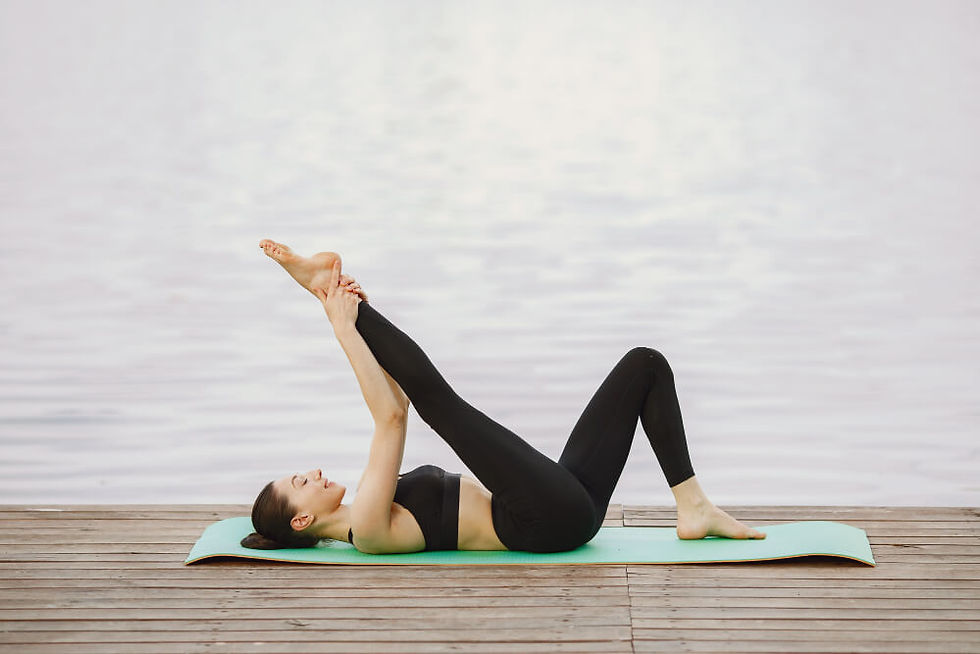

Why Choose Senior Independent Living for a Vibrant Life
Discover the benefits of Senior Independent Living, where freedom and support come together for meaningful living.


Manage IT Band Pain: Best Sleeping Position and Tips
Struggling with IT band pain at night? Learn the best sleeping position for IT band pain and improve your sleep experience.


Choosing the Right Plan: A Guide to Personalized Care
Discover essential steps for creating a Personalized Care plan tailored to the unique emotional and physical needs of individuals.


Enhancing Peer Support to Empower Recovery
Explore how peer support can transform recovery through connection, understanding, and shared experiences in healing journeys.


Understanding Advanced Glioblastoma Treatment Options
Learn about the latest advancements in Glioblastoma treatment in Germany that are changing patient outcomes and longevity.


Labor Induction Drugs: What You Need to Know
Explore labor induction drugs and their role in starting labor artificially. Learn about types and risks involved.


California's Innovative Menopause Self-Care Methods
Explore menopause self-care that combines holistic healing with modern medicine for balanced well-being during this life change.


7 Health and Wellness Tips That Lower Stress Effectively
Explore 7 practical health and wellness tips to regain control over stress and improve your overall well-being.


What Goes Into Developing a Therapy-Focused Medical Device?
Explore how collaboration shapes the design of a therapy-focused medical device for better patient outcomes.








